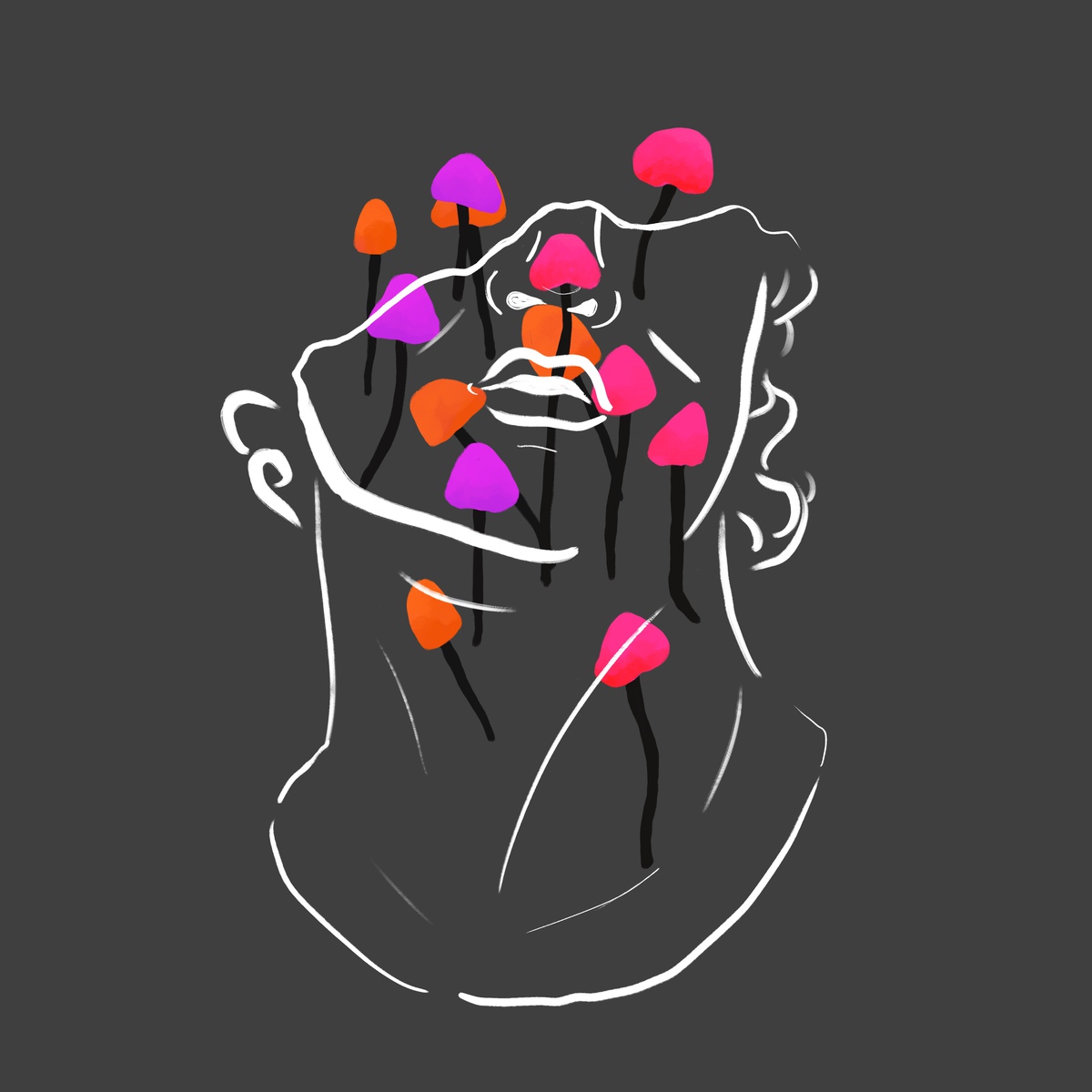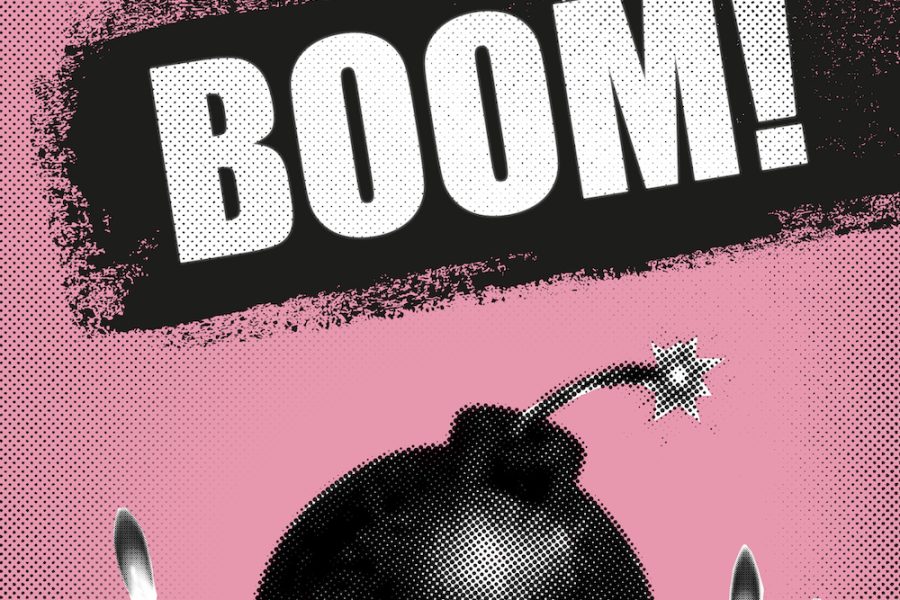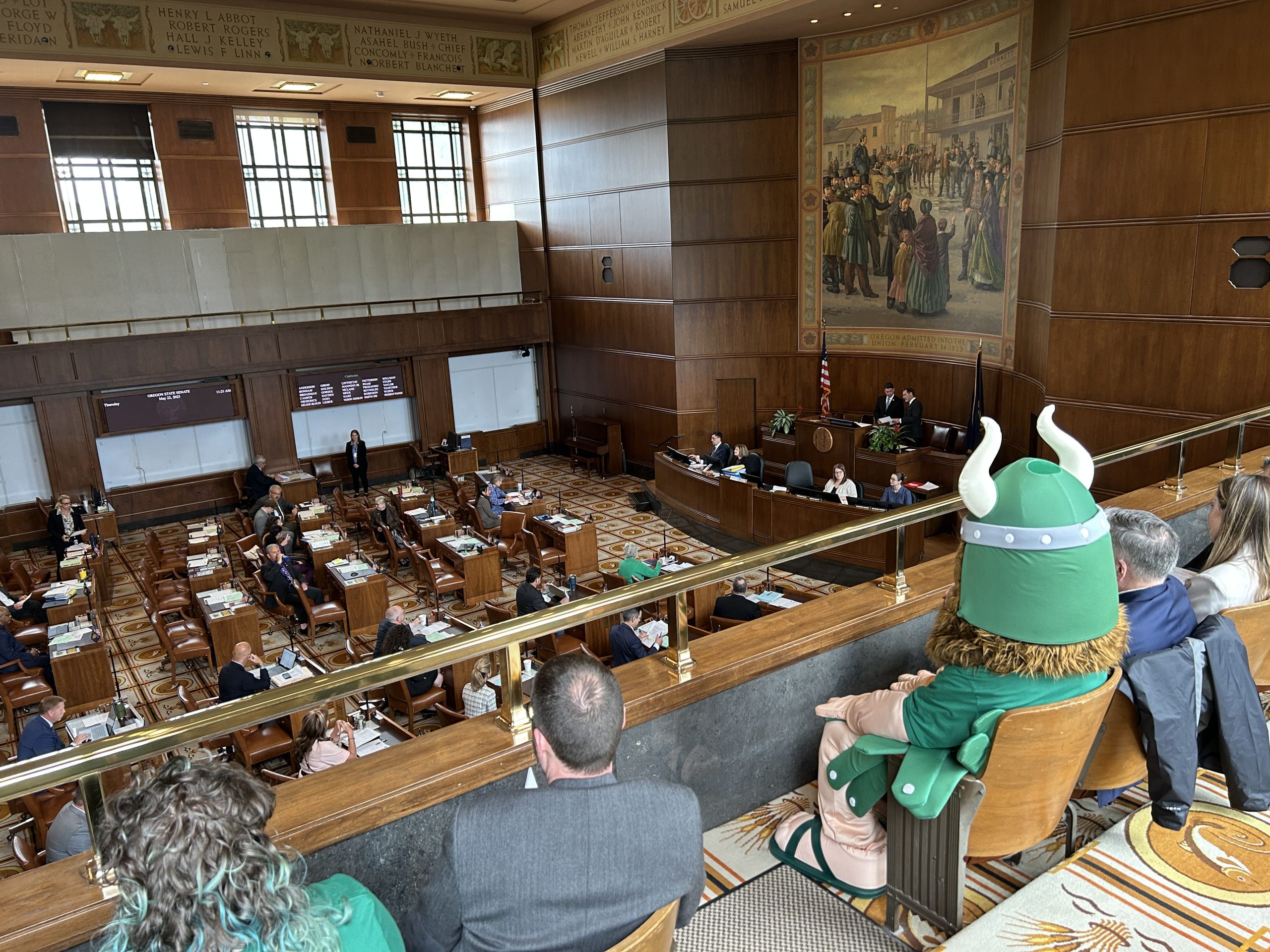Almost two years ago, Oregonians overwhelmingly voted to decriminalize possession of most “hard” drugs. Ballot Measure 110 reclassified penalties for possession of various specified drugs such as oxycodone, methamphetamine, PCP, LSD and heroin, to name but a few. But looking beyond politics and the past, we come to the scope of psychedelics and pain management, which is one of the topics at the forefront of research about the properties of psychedelic usage with medical benefits. One of the types of pain that psychedelics have been looked into for treating is chronic pain.
Dr. James Carson, a clinical health psychologist at Oregon Health & Science University, put their non-recreational use into perspective. “Research shows that there’s sort of a reset in the brain and it’s very well known now, scientifically, and maybe not so well known by medical providers,” he said. “[Essentially], chronic pain conditions are basically a rewiring of the brain, [as it] echoes the pain condition through the nervous system in a way that makes it very difficult to treat and alter. Chronic pain is a maladaptive neuroplastic change. Maladaptive means it didn’t help and made things worse. Neuroplastic means there was a change in the brain from the constant bombardment of pain signals altering the brain.”
In addition to neural rewiring, other changes happen to the body and mind over the presence of chronic pain. Dr. Jason Luoma elaborated on the difficulty of chronic pain. “Part of what makes chronic pain so difficult is that people develop a lot of fear and anxiety around it,” he said. “They can get depressed as well when they, for example, see their life shrinking, as they restrict activities in order to avoid the pain… [sometimes they become] focused on the pain and start to really close down their life because of all the anxiety and fear, which can really make chronic pain turn into something much worse. However, I think at this point, there’s not a whole lot of evidence that psychedelics are helpful for chronic pain. I think the only thing I would say is that there’s, there’s not a lot of evidence at this point that psychedelics are effective treatment for chronic forms of pain, [only] anecdotal reports.”
But pain can be physical or psychological, or in many cases, both. “There’s a lot of studies that show that emotional pain and physical pain are [activated in] the same parts of the brain,” said Dr. Chris Stauffer, an assistant professor of psychiatry at OHSU. Despite a lot of research in regards to pain and neurology, Dr. Stauffer said that there’s not much research looking at MDMA’s relationship with physical pain, but there are psilocybin trials observing pain management with those substances.
However, there’s more to potential psilocybin uses than just treatments for pain. When asked about whether there were characteristics of certain diseases that would make them a good candidate for psilocybin-assisted treatment (PAT), Dr. Carson brought it back to the organ that is the main catalyst for everything associated with psilocybin’s effects—the brain. “Everything in human experience is processed through the brain and the central nervous system, which is the underlying factor,” he said. “For example, back in the sixties and seventies, a lot of studies were done. LSD and psilocybin were demonstrated to be very powerful for addictions. These new studies are going back and saying, okay, those studies work, let’s do some better studies and those are ongoing. And the results are still very good. For impact, nothing comes close to psilocybin and being able to help people leave smoking behind.”
As Dr. Carson outlined, evidence for the benefits of psilocybin has been around for decades, and even though progress has started and halted several times over the years, testing has been renewed through more recent trials and authorization. In his research, Dr. Carson is also looking into mindful yoga and meditation combined with psilocybin assistance.
“It’s also the case that we know things like meditation and gentle yoga and other soothing practices decrease pain,” Dr. Carson said. “They’re altering the nervous system in a beneficial way. We know that these practices are effective through multiple trials across different conditions so we’re proposing to combine psilocybin to mindful yoga. In that case, we know we’re testing something that is effective, and then we compare the results [of psilocybin-assisted mindful yoga] to see if the combination is more effective than just the mindful yoga [alone].”
Many experts are hopeful that through renewed scientific research on psilocybin and psychedelics, we can learn a lot about pain and how these substances treat it. Despite some positive news about the connection between the two, more research and trials need to be done.






